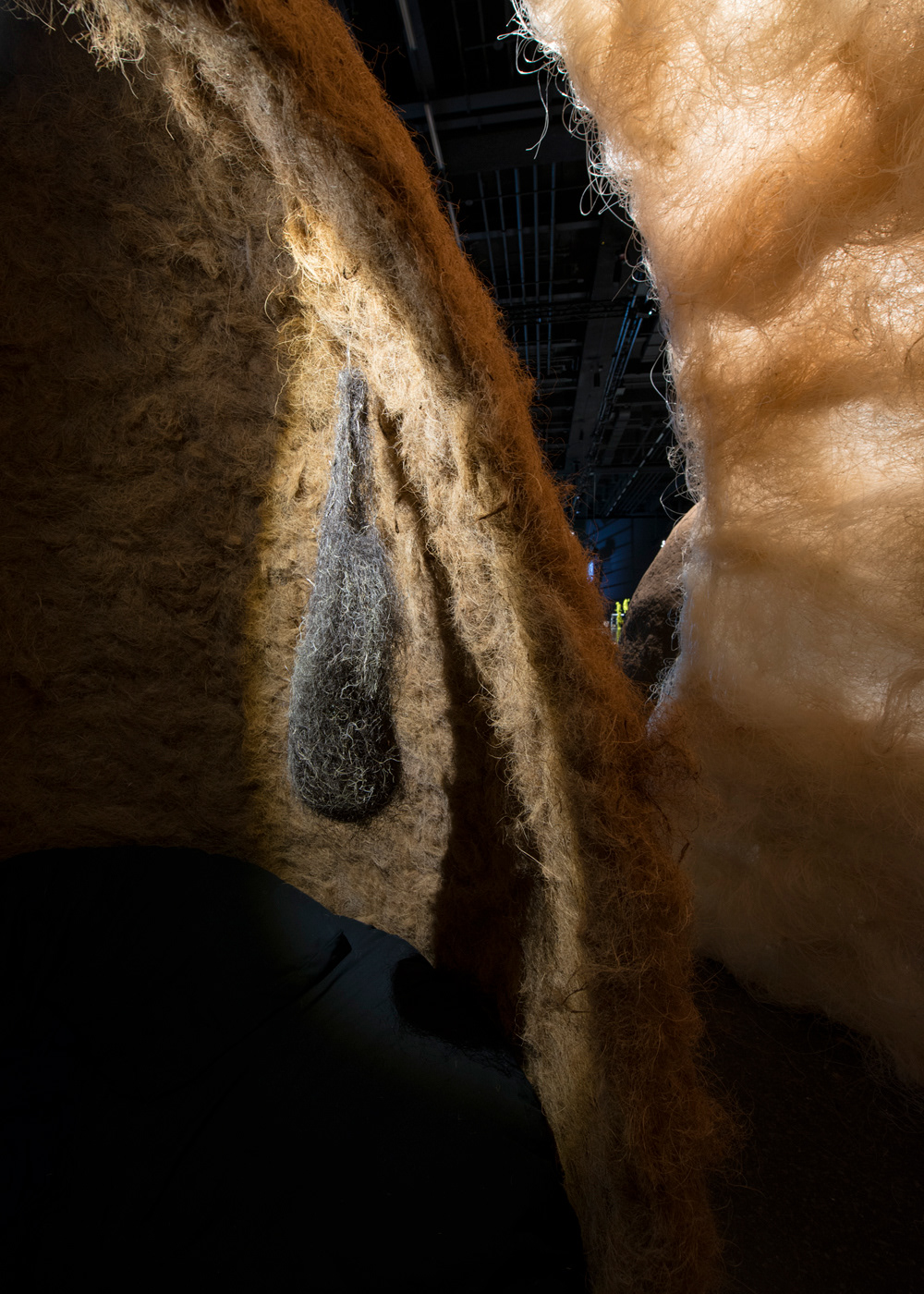Nosso objetivo é conscientizar sobre os limites do nosso planeta. Observando o uso de recursos naturais pelas aves, comparamos seus métodos sustentáveis com o impacto desperdiçador dos seres humanos no meio ambiente.
Nome Científico - Cacicus haemorrhous(Linnaeus, 1766) | Estado de Conservação - Pouco preocupante A fêmea, sozinha, tece o ninho, uma delicada bolsa de 40 a 70 centímetros de comprimento, construída em colônias com uma mistura de materiais vegetais. A localização do ninho é bastante variada — pode pendurar-se baixo sobre a água, aninhar-se no topo das árvores no coração da floresta ou balançar em palmeiras nas suas margens. Ela põe de 2 a 3 ovos brancos, salpicados com manchas avermelhadas e roxas, criando de 2 a 3 ninhadas por temporada de reprodução.
We aim to raise awareness of our planet’s limits. Observing birds’ use of natural resources, we compare their sustainable methods with humans’ wasteful impact on the environment.
Scientific Name - Red-rumped Cacique (Linnaeus, 1766) | Conservation State - Little worrying
The female alone weaves the nest, a delicate bag measuring 40 to 70 centimeters in length, crafted within colonies using a blend of plant materials. The nest’s location varies greatly—it might hang low over water, perch at the treetops deep in the forest, or sway from palm trees at its edges. She lays 2 to 3 white eggs, speckled with reddish and purple markings, nurturing 2 to 3 broods each breeding season.
The female alone weaves the nest, a delicate bag measuring 40 to 70 centimeters in length, crafted within colonies using a blend of plant materials. The nest’s location varies greatly—it might hang low over water, perch at the treetops deep in the forest, or sway from palm trees at its edges. She lays 2 to 3 white eggs, speckled with reddish and purple markings, nurturing 2 to 3 broods each breeding season.




Guacho

Nest




